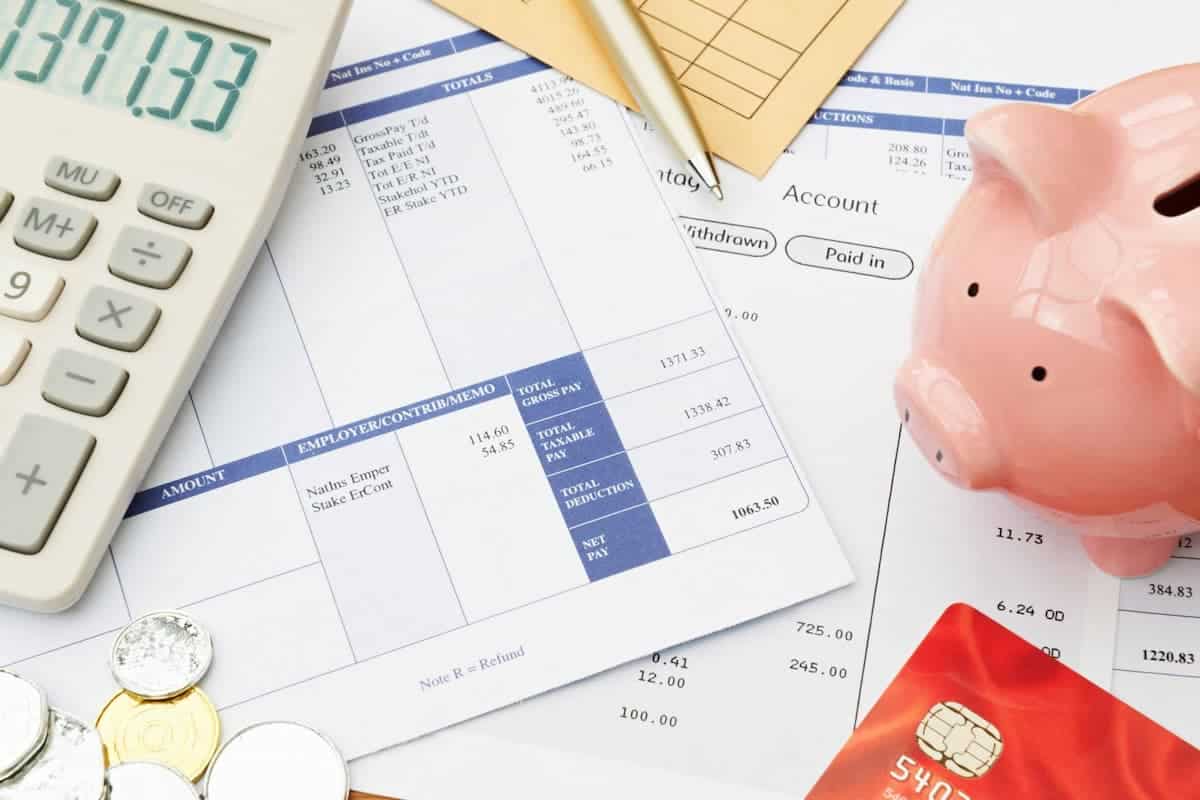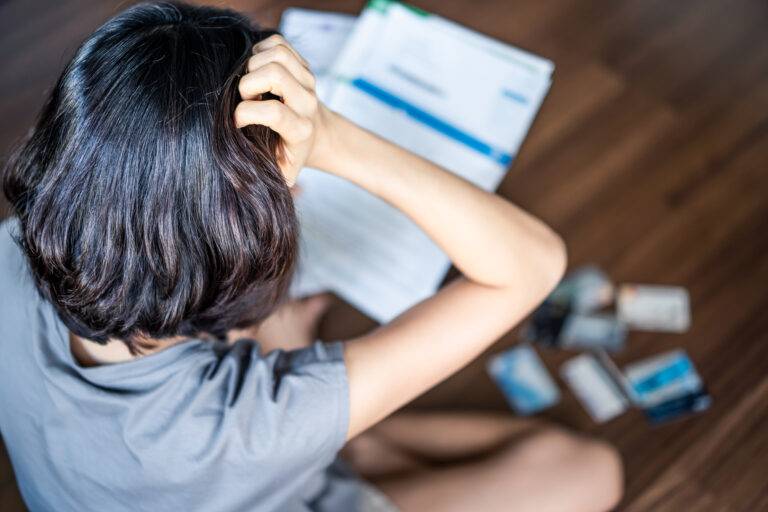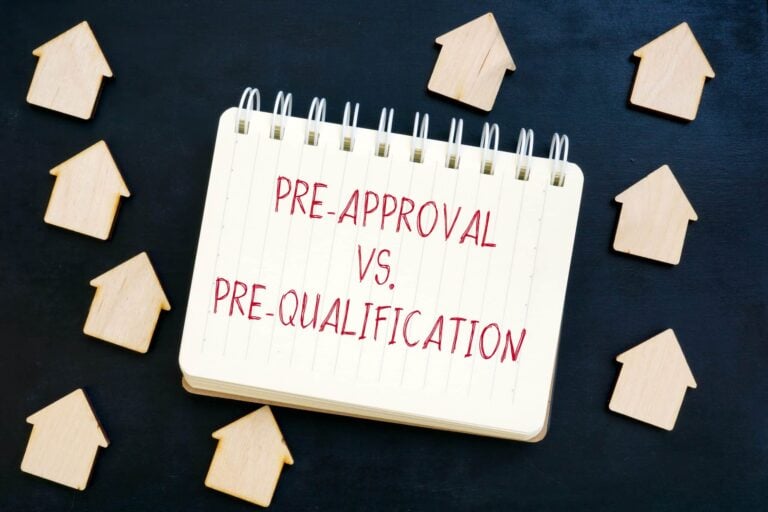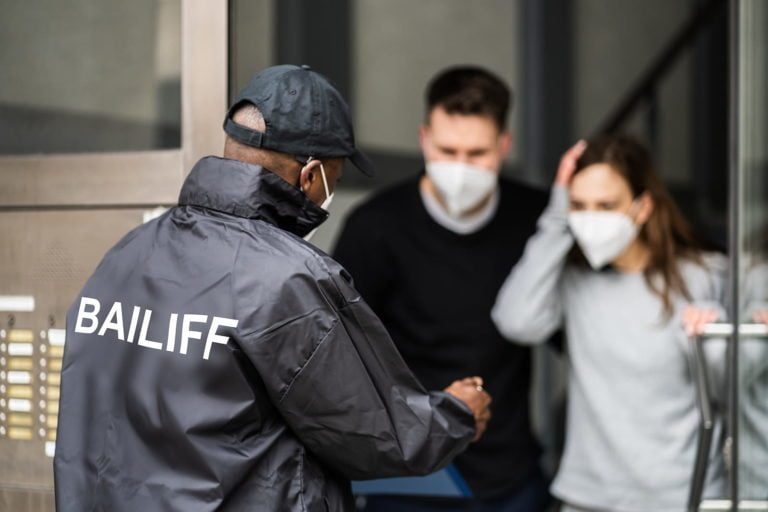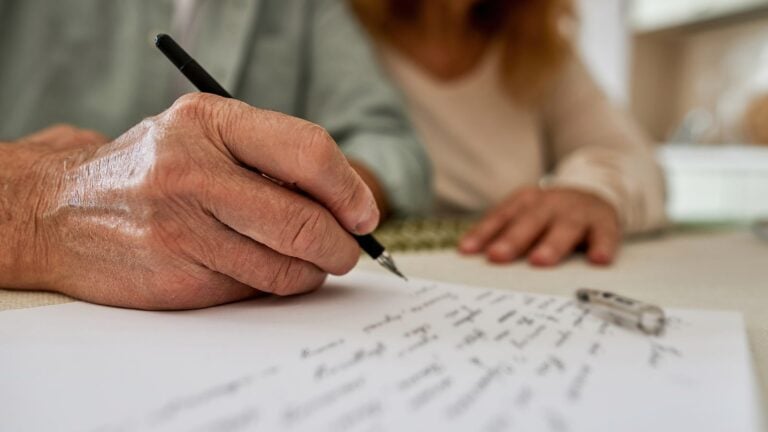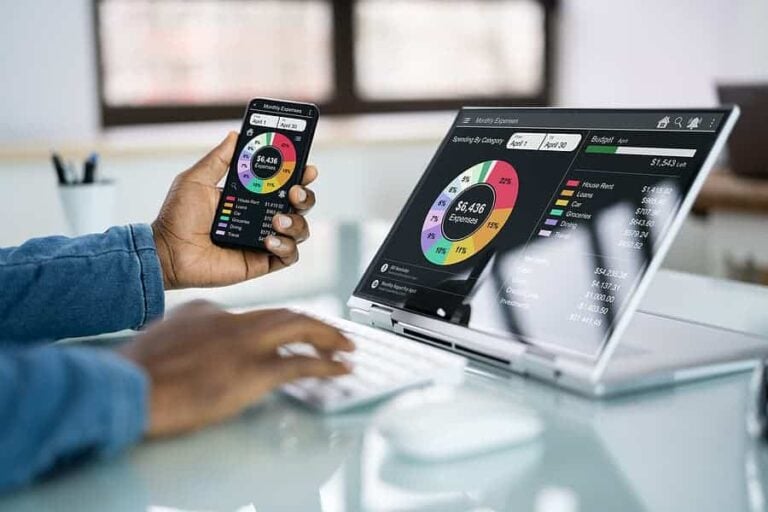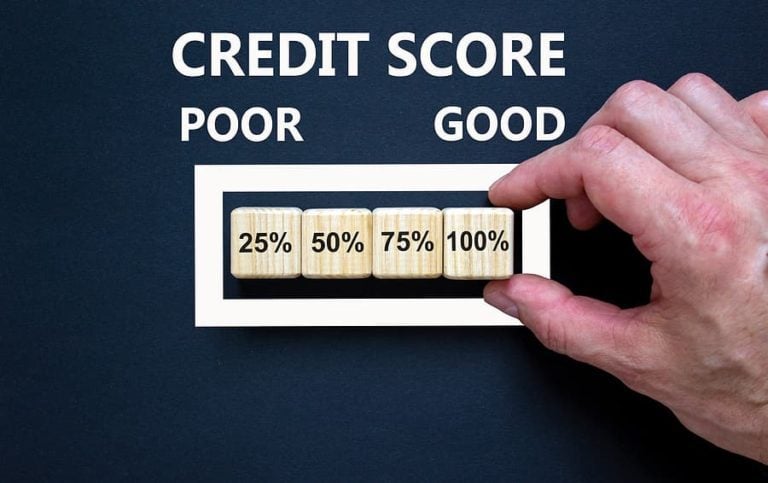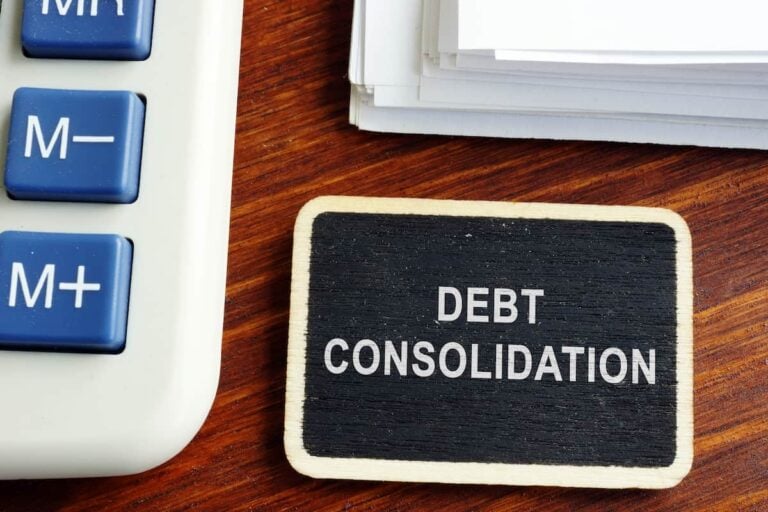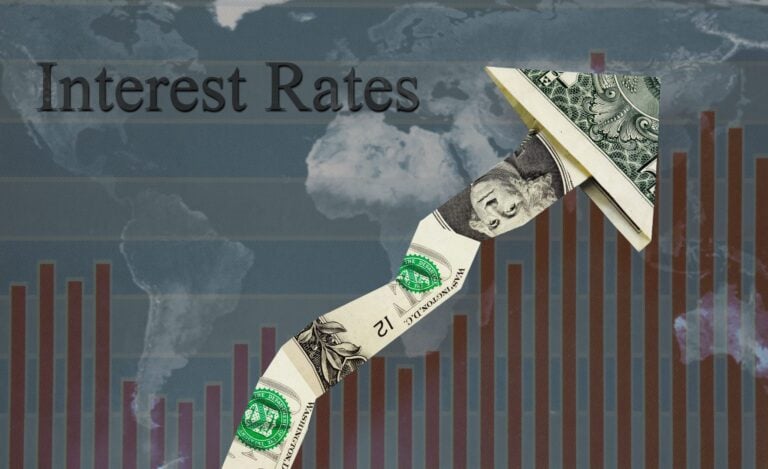Throughout 2020, banks charged a collective $12.4 billion in overdraft fees alone! If you’ve ever been charged a similar fee, then you know first-hand how painful it is to get charged money for not having enough of it. If you learn what to do when your account is overdrawn, though, then you can continue to thrive past this minor setback.
Learn our top six tips on how to help with an overdrawn bank account below.
1. Ask Your Bank to Remove the Overdraft Fee
Before we get into the fees associated with over drafting, you need to know the answer to the question — what does overdrawing your account mean? To keep it short, an overdraft happens when you make a transaction that’s higher than the funds that are in your account.
If you’ve never overdrawn from your account, then you might wonder — what happens if my account is overdrawn? In a nutshell, your transaction will get approved in the moment. Within minutes, your bank will realize the error, take the funds out of your account, and leave you with a negative balance. What’s more, they’ll likely charge an overdraft fee.
The next time you check your balance, you’ll notice that it’s pretty far in the negative.
One of the first things you can do is reach out to your bank. Banks can reverse overdraft fees. If you don’t have a history of overdrawing your account, then there’s a chance your bank might reverse it for you.
2. Pause Any Scheduled Automatic Payments
So, what does it mean when your account is overdrawn? Does your account get closed? The answer is ‘no’. Not only will your account remain open, but it will also remain active. If you have any scheduled automatic payments coming up, then there’s a good chance that those transactions will go through, leaving you even deeper in debt to your bank.
To prevent that, make sure to pause any auto-payments you have coming up after an overdraft situation.
3. Work on Bringing Your Balance Back Up
Once you’ve taken steps one and two, you need to focus on getting your balance back up to at least $0. Until you get money into your account, do not use your debit card any further. Doing so will only cause you to dive deeper into the negative, and you might even incur further penalties and fees, too.
Remember, any money that you deposit will go straight towards your negative balance.
4. Consider Getting Overdraft Protection
Once you’ve managed the immediate aftermath of your overdraft, it’s time to consider the future. Many banks offer overdraft protection at a fee. Overdraft protection will help protect you and your account from experiencing this type of situation again in the future. This coverage will allow a transaction to go through even if your bank account doesn’t have the proper funds. A separate bank account, your insurance, a line of credit, or the bank itself will pay for the difference.
This service is useful, but it isn’t free. You’ll likely pay monthly fees for this benefit.
5. Create a Spending Plan For the Future
Most importantly, create a spending plan for the future that will prevent overdrafts. For one thing, never make a transaction if you’re not sure you have enough funds in your bank account. Consider checking your account digitally before shopping or swiping your card.
6. Consider Linking Your Accounts Together
Another popular option in 2022 is to link different bank accounts together. In the event that you overdraft on one account, the funds can immediately be taken from that account and put into the account that was overdrawn.
What to Do When Your Account is Overdrawn
After reading our tips, we hope that you now know what to do when your account is overdrawn. By following these tips, you could potentially avoid the endless fees and penalties associated with overdrawing your account. What’s more, you’ll be more prepared to avoid an overdrawn account in the future!
If you’re already struggling financially due to debts you’ve taken on in the past, then it’s all too easy to succumb to the endless debt cycle. There is hope, though, and you can break free from your chains of debt by seeking out debt relief solutions.
Here at United Debt Settlement, our goal is to help all of our clients settle their past debts. See if you qualify for debt relief through our programs by going through our online prompts. If you’d prefer to speak with one of our agents, then contact our office at (888) 574-5454.

Gabriel Gorelik paves the way for customer service and operations at United Settlement. He is passionate about numbers and holds a strong belief in helping anyone with their debt. Before United Settlement, Gabriel received his BS in Finance & Economics from Brooklyn College. After graduation, Gabriel went on to build his first financial services company where he managed thousands of accounts for business and consumer clients. He understands the importance of client satisfaction, professionalism, and exceeding expectations.
